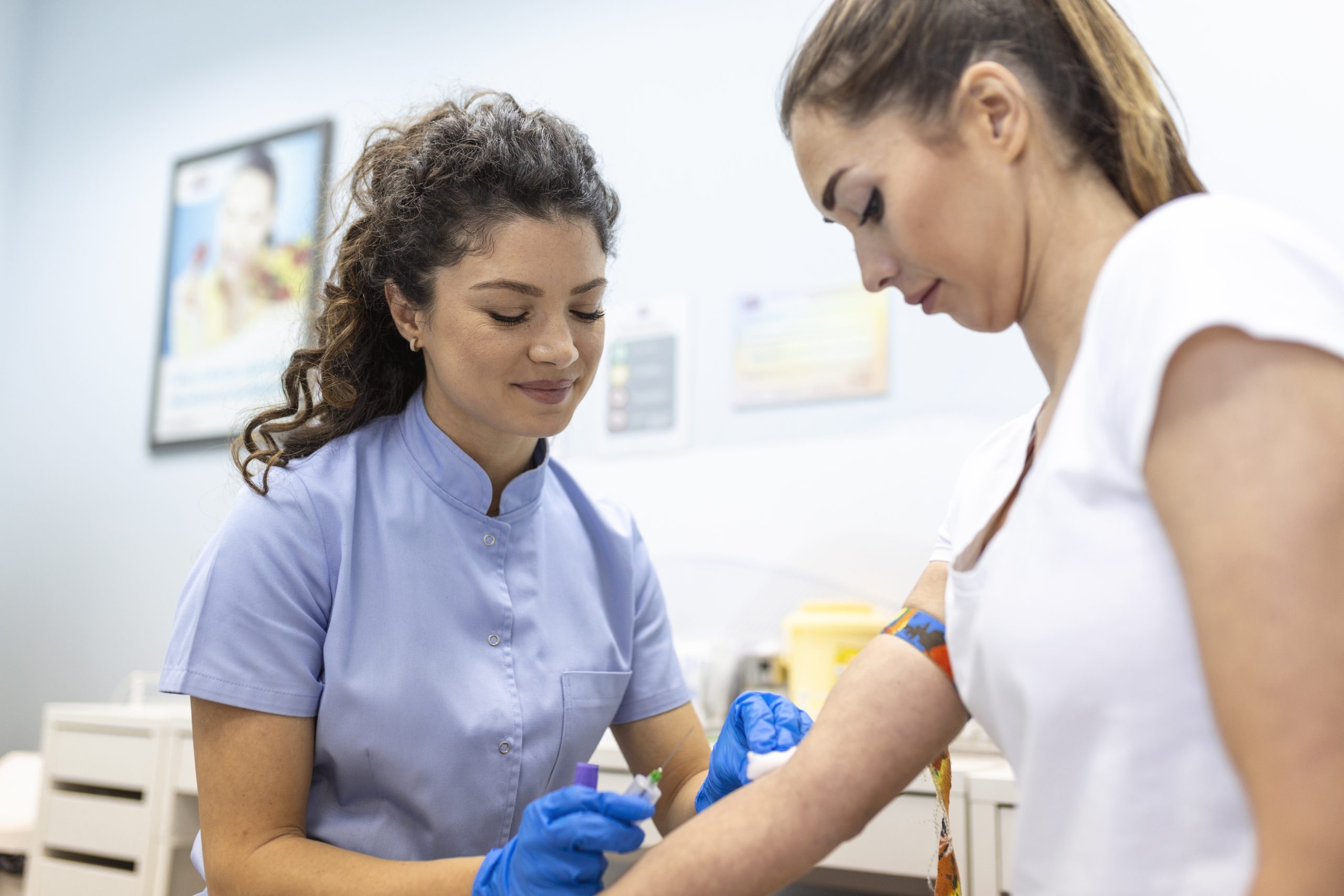
For many individuals, the thought of getting a blood draw can induce feelings of anxiety and discomfort. However, with the right strategies, you can manage these emotions and make the experience more bearable. In this article, we will provide you with helpful guidelines to effectively cope with anxiety and discomfort during a blood draw, ensuring a smoother and less stressful process.
Communicate with your healthcare provider:
Before the blood draw, communicate your concerns and anxieties with your healthcare provider or the phlebotomist. They are trained professionals who deal with anxious patients regularly and can offer reassurance and support. By expressing your fears, they can take steps to help make the experience more comfortable for you.
Understand the procedure:
Having a clear understanding of the blood draw procedure can help alleviate anxiety. Ask your healthcare provider to explain the process, step by step, including how long it will take, what sensations you may feel, and any potential side effects or risks. Knowing what to expect can reduce the fear of the unknown.
Practice relaxation techniques:
Relaxation techniques can be effective in managing anxiety during a blood draw. Deep breathing exercises, for example, can help calm your nervous system and reduce tension. Take slow, deep breaths in through your nose, hold for a few seconds, and exhale slowly through your mouth. Repeat this pattern several times before and during the blood draw to promote relaxation.
Distract yourself:
Distraction techniques can divert your attention away from the blood draw and reduce anxiety. Consider bringing a book, listening to calming music or an audiobook, or engaging in conversation with the phlebotomist or a companion. Some healthcare facilities may also provide TVs or visual distractions to help occupy your mind during the procedure.
Use numbing creams or cold packs:
If you are particularly sensitive to pain, inquire about using a numbing cream or cold pack before the blood draw. These can help temporarily dull the sensation at the puncture site, making the process less uncomfortable. Discuss this option with your healthcare provider beforehand to determine if it’s suitable for you.
Stay hydrated:
Proper hydration can make your veins more prominent and easier to locate, potentially reducing discomfort during the blood draw. Drink an adequate amount of water before your appointment to ensure your body is well-hydrated. However, avoid excessive fluid intake immediately before the procedure, as it may make it harder for the phlebotomist to find a suitable vein.
Look away during the procedure:
If seeing the needle or blood makes you anxious, consider looking away or closing your eyes during the blood draw. Communicate this preference to the phlebotomist, and they will accommodate your request. Distancing yourself visually from the procedure can help reduce anxiety levels.
Conclusion:
Managing anxiety and discomfort during a blood draw is possible with the right approach. By communicating your concerns, practising relaxation techniques, distracting yourself, and exploring numbing options, you can make the experience more manageable. Remember, open communication with your healthcare provider is crucial, as they can provide guidance and support throughout the process.
For more such articles, visit https://blog.phleboindia.com/
Refs
https://www.verywellhealth.com/tips-for-making-a-blood-draw-easier-3156931
Stay updated with your health, and book a lab test with PhleboIndia today.
Download our app here:
Android app – http://bit.ly/3XRsXzt
IOS app – https://apple.c
Get a 75%* Discount on all lab tests from any lab in your city
Use Code: PHLEBOINDIA

